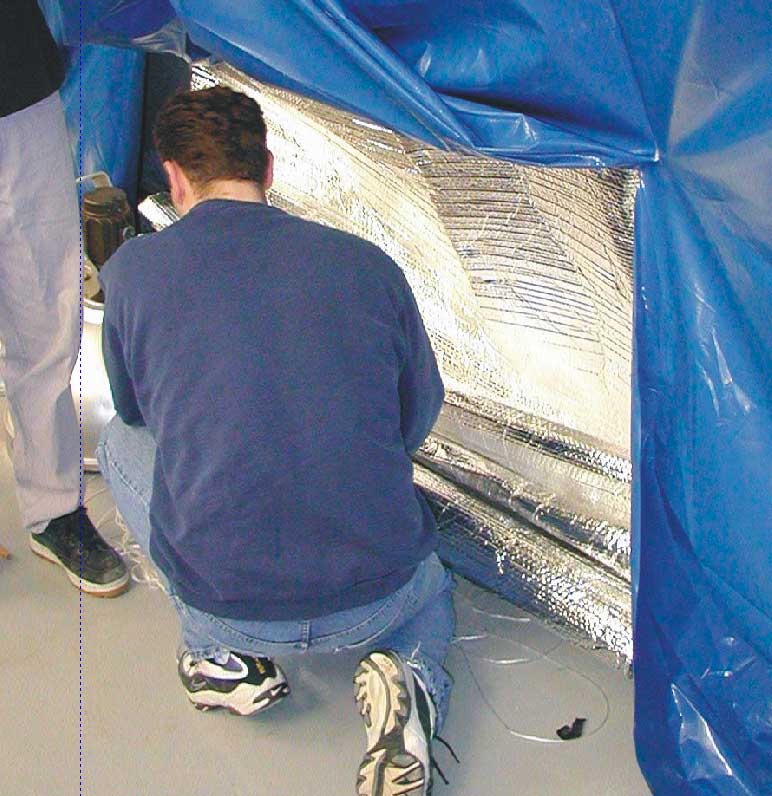
We collect basic website visitor information on this website and store it in cookies. We also utilize Google Analytics to track page view information to assist us in improving our website.
In part 1 of this story we discussed heat in a dome and where the heat is going along with how the structure itself keeps a comfortable temperature. Now we can take the story a bit deeper and go into the unique ways The Farley Group keeps domes warm in the winter and cool in the summer.
We already covered how the layers of a dome wall control conductive heat loss, but there is another way domes potentially lose or gain heat: radiation. Heat lost through convection is low because most of the air is trapped by the dome!
Radiant energy is bombarding you every day. The most obvious example is in the form of light from the sun. Radiant energy is able to heat up another object with electromagnetic radiation. You can see electromagnetic radiation with cameras tuned to pick up wavelengths above what your eyes are able to distinguish. These are called thermal or infrared (IR) cameras.
Light is radiant energy that can be used to heat whatever catches and absorbs this energy. Many materials, such as those that are darkly coloured, do this very well. Others, lighter or reflective coloured materials, absorb the energy poorly. If an object reflects light, it’s safe to assume that it is reflecting wavelengths of energy that we cannot see as well.
Insulation in a dome
Now that we understand the science of conduction, convection, and radiation we can begin to talk about how domes keep thermal energy inside during the winter, and outside during the summer.
The insulating syst em used in our domes is a reflective foil, double-bubble insulation described here. This type of insulation is different from the insulation in your home because its primary goal is to stop radiant energy, whereas insulation materials such as fiberglass aim to stop heat through conduction or convection.
em used in our domes is a reflective foil, double-bubble insulation described here. This type of insulation is different from the insulation in your home because its primary goal is to stop radiant energy, whereas insulation materials such as fiberglass aim to stop heat through conduction or convection.
In a dome, the layers of the wall slow conduction and convection heat losses. The bubble layer in the insulation helps with this as well, although the majority of the insulation value comes from the reflective foil layer.
The reflective layers bounces radiant energy back into the dome and reflects the suns radiant energy away from the dome. If you’ve ever used an emergency space blanket, the same principle is being applied.
Dome insulation can drastically reduce the amount of energy (and money) needed to keep the large space warm in the winter, or cool in the summer. Of course, this will vary depending on how extreme the outside temperature reaches.
Domes in climates that don’t experience exceedingly cold winters or sweltering, sunny summers may not need the additional insulation that other domes benefit from. Our dome engineers keep this in mind when custom designing any air structure to ensure an air structure’s thermal needs are met.
When it comes to playing sports in an air dome, keeping the temperature in the right zone makes a significant difference to the overall experience. The next time you’re playing soccer, tennis, baseball, or football under a dome, be thankful that so much thought and experience goes into getting the air just right.
